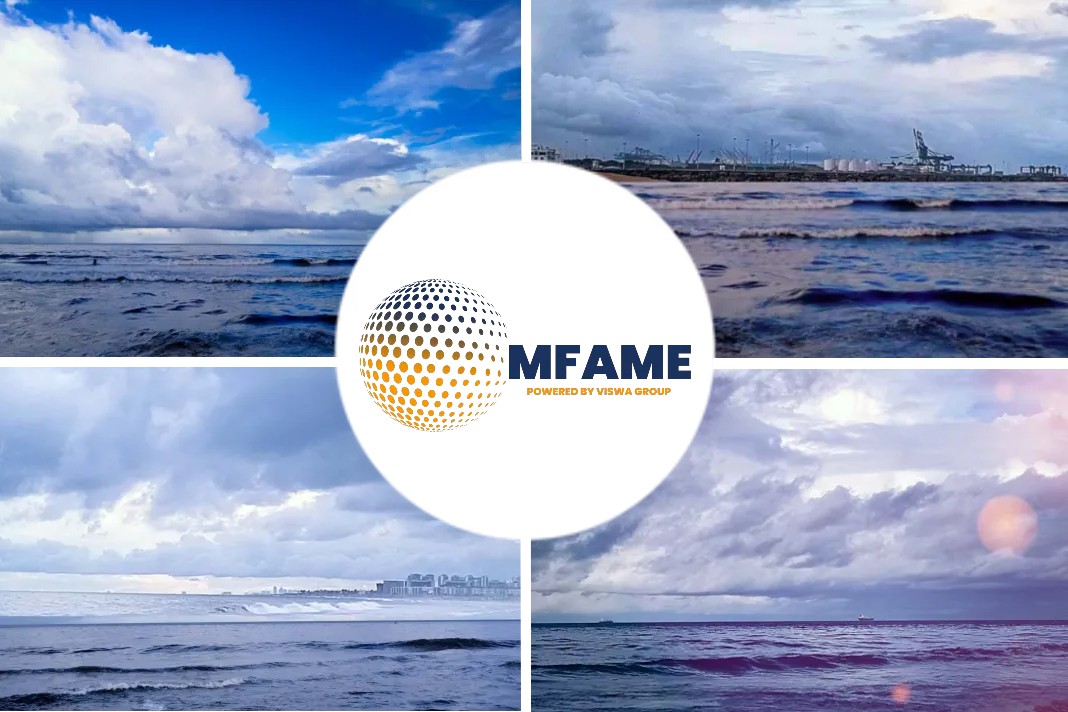The number of ships fitting scrubber systems as a means to comply with stricter sulfur emission limits may peak at 6,000 as economic incentives recede after 2020 says, S&P Global Platts Analytics.
Owner’s hope to recoup cost
When the International Maritime Organization’s global sulfur cap in marine fuels drops to 0.5% in 2020, fitting a scrubber allows a vessel to continue burning fuel oil rather than switch to more expensive lower-sulfur fuels.
The equipment costs several million dollars to install on each vessel and has an ongoing running cost. But the owner or operator can hope to recoup that expense from the savings made from continuing to buy fuel oil.
Scrubber installation rush
Platts Analytics has forecast that 2,200 vessels may have scrubbers installed by the start of 2020, representing around 500,000 b/d of fuel oil demand, Chris Midgley, global director of Platts Analytics, said at the Platts Mediterranean Bunker Fuel Conference in Athens.
That number may reach as much as 3,000 installations by the end of 2020, he said.
Scrubber installations are currently progressing rapidly as shipowners that can afford them, rush to fit the equipment before the 2020 deadline. But the rate of installations may tail off in the years afterwards with the total number installed potentially peaking around 6,000, Midgley said.
Installation supports fuel price
Each scrubber installation adds further support to the fuel oil price, narrowing the spread between fuel oil and 0.5% sulfur bunker fuel and limiting the cost savings that having a scrubber can deliver.
That dynamic, along with fuel oil output cuts as refineries upgrade their facilities, will deliver a longer payback time for scrubber investments and may ultimately limit the total number installed on the global fleet, Midgley said.
Did you subscribe for our daily newsletter?
It’s Free! Click here to Subscribe!
Source: Platts

















